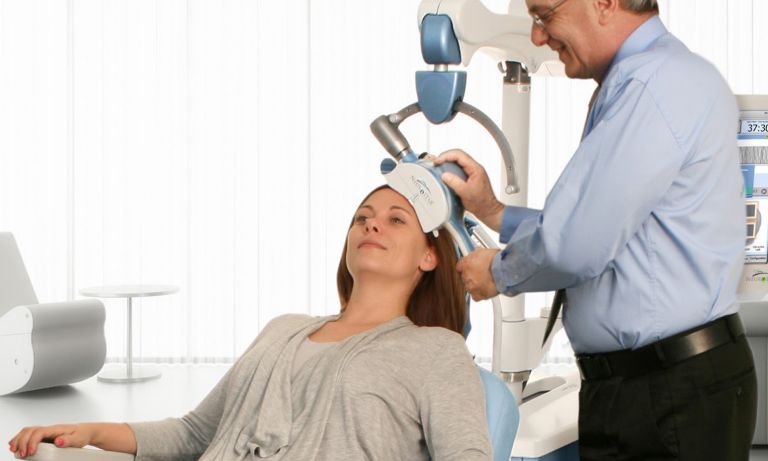Transcranial magnetic stimulation (TMS) is a noninvasive treatment for depression that uses magnetic fields to stimulate specific areas of the brain. TMS is believed to work by increasing the activity of certain neurotransmitters, which can improve mood and help relieve symptoms of depression. You can avail the benefits TMS therapy center through various online sources.

Image Source: Google
TMS is typically administered through a series of brief sessions over several weeks. Sessions usually last around 20 minutes and are painless. Some people may experience mild headaches or increased feelings of pressure after TMS, but these effects are generally short-lived.
Who Can Benefit from TMS?
Transcranial Magnetic Stimulation (TMS) is a non-invasive treatment that has been shown to be effective in treating depression. TMS is safe and relatively painless, and can be used to treat a variety of conditions, including major depression, bipolar disorder, anxiety disorders and post-traumatic stress disorder (PTSD).
If you are considering TMS for your treatment of depression, it is important to discuss your eligibility with a doctor. You may need to have certain conditions that may result in serious complications or side effects, such as:
- Severe depression with suicidal thoughts Glaucoma
- Uncontrolled retinal and optic nerve damage
- High blood pressure
- Heart and kidney diseases
- Head injuries
- Cancer that has spread
Some people who may benefit from TMS include those who have not responded to other treatments or who have had minimal success with them. It is also possible for TMS to be used in combination with other treatments, such as medication or psychotherapy.